Consistent look-up table interpolation method for real-gas flow simulations
Nowadays the reliable modeling of real fluid flows is of paramount importance in many industrial applications, especially in the energy field with the growing diffusion of Organic Rankine Cycles, supercritical CO2 compressors, and advanced refrigeration systems. In these applications the assumption of flow ideality is profoundly inaccurate and may lead to erroneous physical interpretations. As a consequence thereof, various thermodynamic models have been recently developed for real gases and a number of tools are by now available to accurately predict the thermodynamic properties of fluids in presence of relevant non-ideal effects. However, these thermodynamic libraries are frequently computationally inefficient when coupled with existing simulation codes, such as in process modeling and computational fluid-dynamics (CFD). An effective alternative is proposed in this paper. The equations of state embedded in the thermodynamic programs are used, at preliminary level, to construct a grid of nodes storing a subset of thermo-physical properties, i.e. v, s, e, k, µ,, required by the method for a given region of interest. Then, an interpolation-based method is conceived for determining the remaining properties in any other point. A key feature is as follows: the nodal values of the basic thermodynamic quantities are used to locally construct, i.e., within each cell of the table, a model of the fundamental relation, assuming a differentiable functional form of at least class. The presented Look-up Table (LuT) approach is intrinsically consistent and guarantees thermodynamic stability, with inherent high accuracy and very limited computational costs, as demonstrated by the quantitative examples reported in the paper. As a final step, the LuT method is coupled with two in-house flow solvers and applied to simulate real gas transonic flow in Organic Rankine Cycle turbines; a comprehensive assessment of the approach is provided by comparison with direct equations of state implementation.
Authors
Pini, M., Spinelli, A., Persico, G., Rebay, S.
Year
2015
Source
Computers and Fluids, vol. 107, pp. 178-188.

